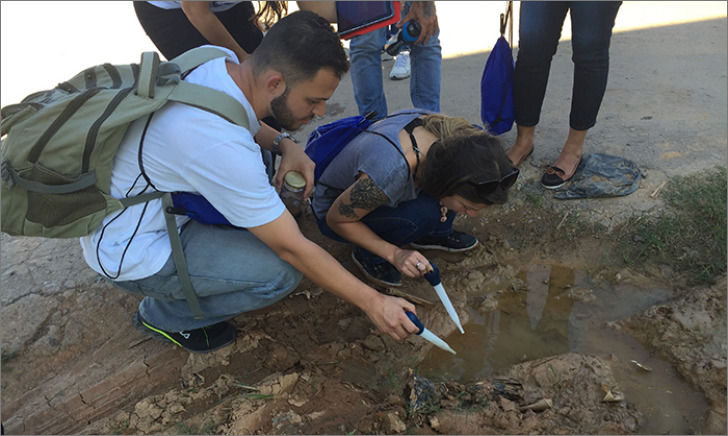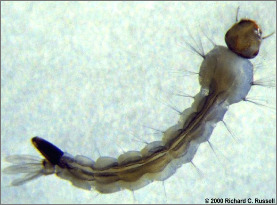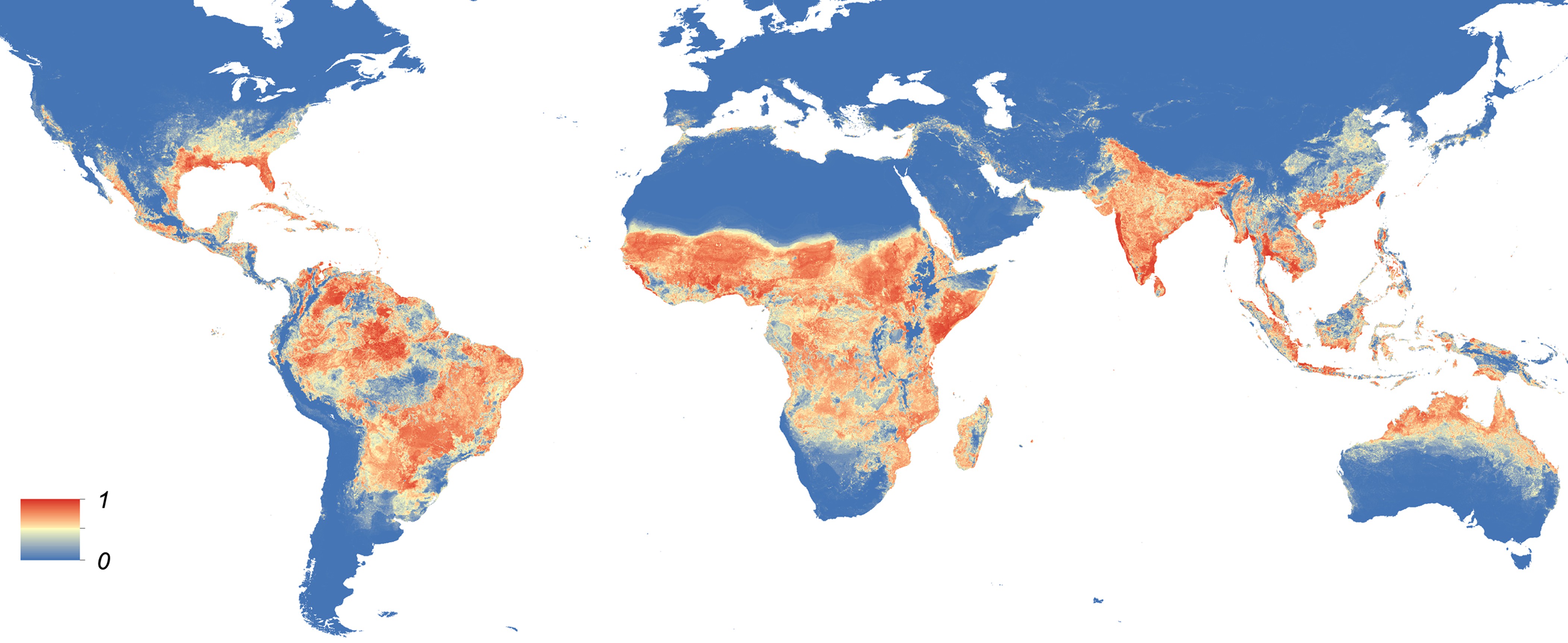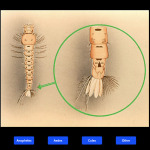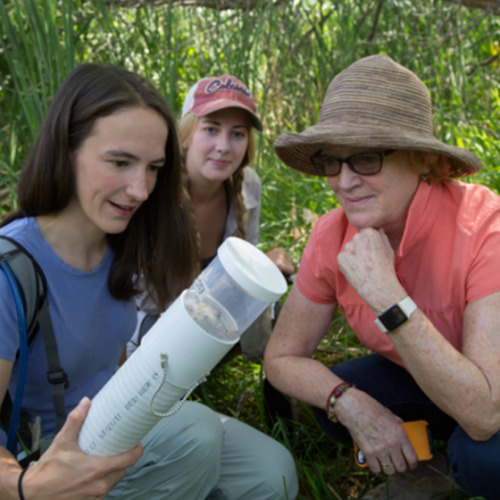Science Needs You as a GO Mosquito Participant
As Active GO MOSQUITO Challenge Schools, you and your classmates can contribute to learning more about this global health problem by using the GLOBE Observer Mosquito Habitat Mapper App to identify where these disease-carrying mosquito larvae are found in your homes, neighborhoods and communities.
The GLOBE Observer Mosquito App provides you with an easy to use mobile platform to identify and locate mosquito breeding sites in your community, and to determine whether the larvae you find could potentially mature into vectors of mosquito borne disease. Together with your help, we can better zero in on mosquitoes carrying deadly diseases such as the Zika virus.
Download the GLOBE Observer App to Start Collecting Data
If you haven’t already, follow this link to download the GLOBE Observer Mosquito Habitat Mapper App and start following the GO Mosquito Community Challenge Campaign’s Weekly Challenge to collect and upload data on mosquitoes in your community.
Our Shared Global Challenge: Identifying Disease-Carrying Mosquitoes
The Aedes aegypti mosquito is the principal transmission vector of several serious diseases, including Zika, chikungunya, yellow fever and dengue. Aedes aegypti mosquitoes transmit the Zika virus to humans. In most cases, these infections cause mild flu-like symptoms, but serious neurological complications in adults and infants were recognized during the explosive 2015 pandemic in the Americas.
The map below depicts the probability of occurrence of Aedes aegypti ranging from zero likelihood (blue regions) to red, the highest-likelihood areas. (Source: https://doi.org/10.7554/eLife.08347.004)

